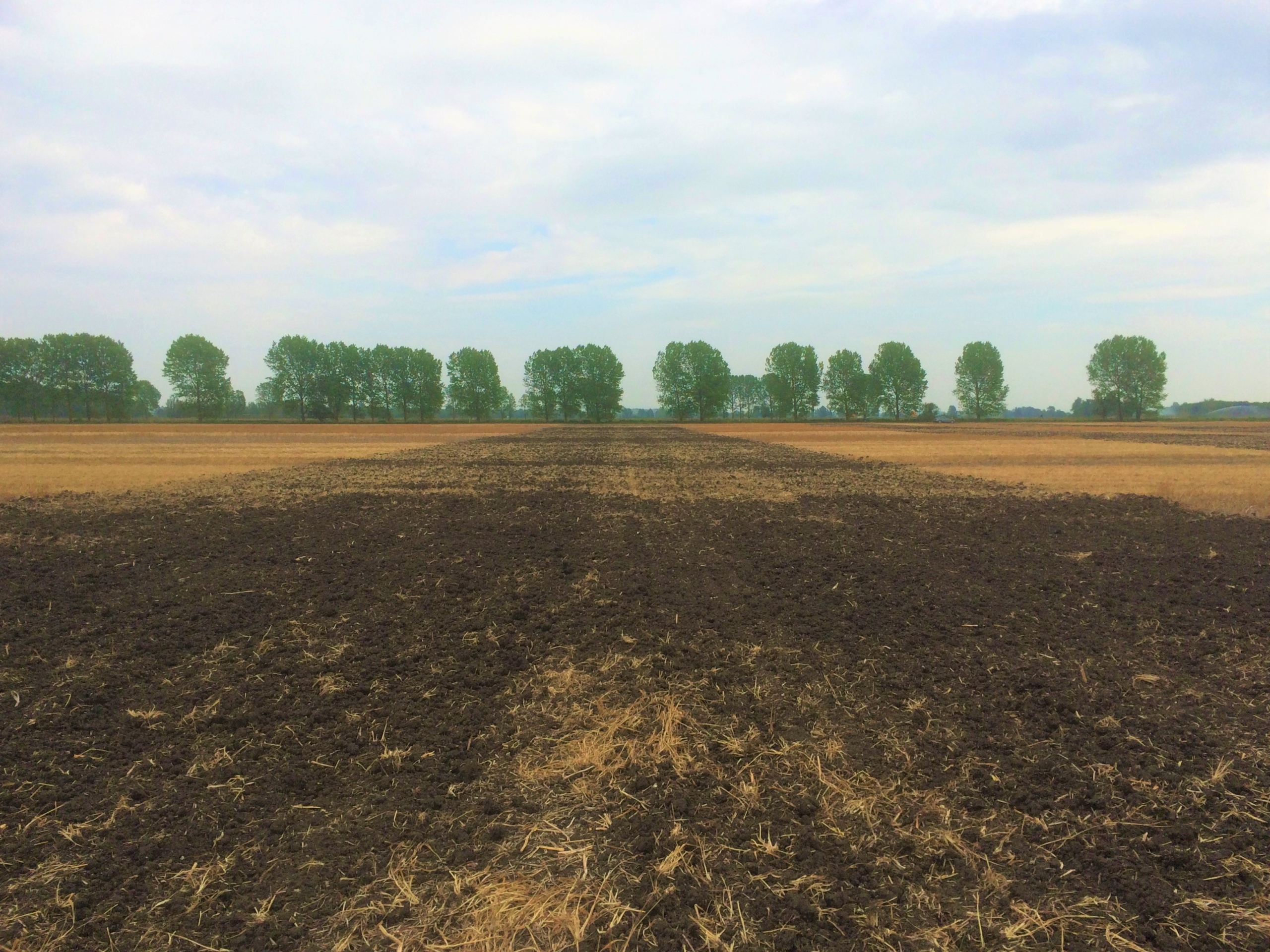Soil, carbon and climate change
05/11/2021

Organic matter in soil, which contains carbon originating from plants and organisms, is an important part of regulating the Earth’s climate. Soil is a huge store of carbon and is estimated to contain three times more carbon than the atmosphere!
However, in many areas soil carbon has been lost from soils through land use change, unsustainable land management. The soil carbon is also vulnerable to loss under increasing temperatures due to climate change. It is important to recognise that soil can both capture carbon and also be a source, by releasing carbon dioxide back into the atmosphere from the breakdown of organic matter.
Understanding where and how much carbon is stored in soil can help us focus on areas for protection, restoration, or improvement of soil organic matter. These maps can identify where we should be protecting and restoring soils that naturally have large carbon stores, such as peatlands. It can also recognise areas where there is the potential to increase carbon by changing land management or land use, such as areas of cropland that have been depleted in organic matter.
Take a look at the maps we have produced using soil data in England and Wales https://www.cranfield.ac.uk/themes/environment-and-agrifood/landis We used our soil carbon data in a global effort to determine the amount of carbon stored in soils across the planet – the total was a massive 680 billion tonnes of carbon in just the top 30 cm of soil! http://54.229.242.119/GSOCmap/
Categories & Tags:
Leave a comment on this post:
You might also like…
Preparing your work for Turnitin submission
Before submitting your work into Turnitin for similarity checking, if you have used referencing software then you may need to take some important steps first. Mendeley and Zotero integrate with MS Word by embedding field ...
The fast track to supercar engineering: My Cranfield journey
It’s been a dream come true to work on some of the world’s most prestigious supercars – the Aston Martin Valhalla, McLaren 750 & Artura, the GMA T.33. But every successful ...
Automotive Engineering: From student to hypercar innovation at Rimac
We sat down with recent graduate Thomas Perrin, to discuss how his year on the MSc in Automotive Engineering at Cranfield University propelled him from the lecture hall directly into the ...
What this year at Cranfield really meant to me
Every Cranfield journey is unique. In this alumni reflection, Zachea Scicluna shares what her year at Cranfield truly meant, from facing uncertainty to gaining hands-on experience in industry-backed projects. I’ve been reflecting (and delaying) ...
Preparing for assignments and exams?
Sorry! We know it seems a bit mean to mention the exams in January rather than looking forward to the break before it! However, we know many of you will be thinking about your forthcoming ...
Screening for FTSE 100 companies on Bloomberg
So you’re researching an index and need some data on its constituent companies? Bloomberg’s Equity Screening tool makes light work of this, not just for the FTSE, but for indices, exchanges and sectors worldwide. Type EQS ...






